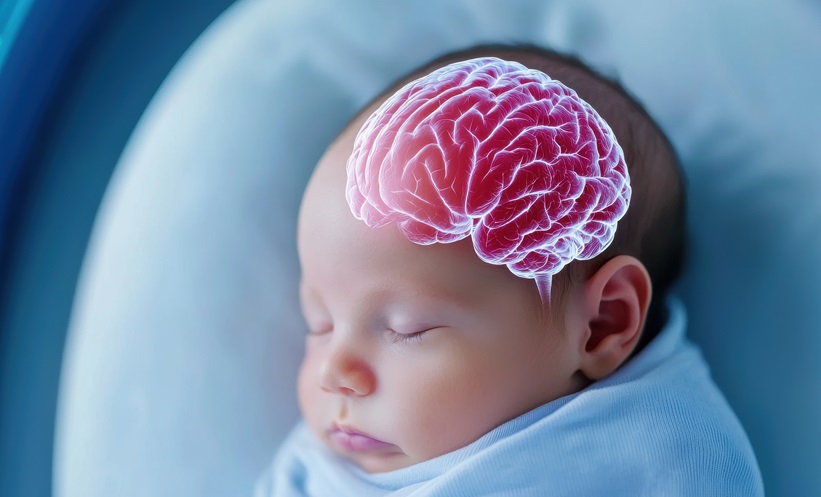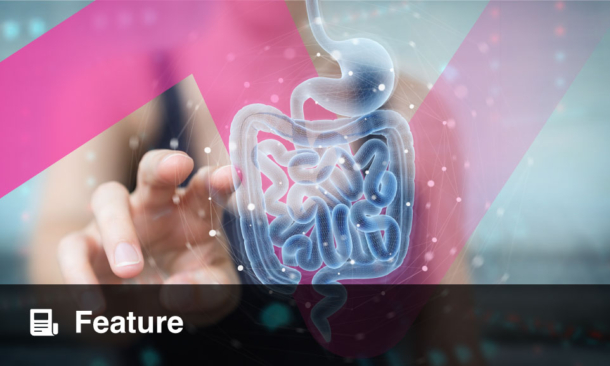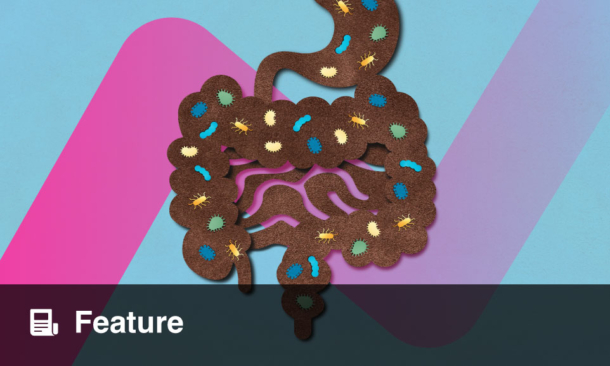ANTENATAL opioid exposure is associated with significant reductions in global and regional brain volumes in newborns, with variations depending on opioid type and polysubstance use, according to a multi-centre US cohort study of 269 infants.
Opioid use during pregnancy, including medications like methadone and buprenorphine for opioid use disorder (OUD), raises concerns about fetal neurodevelopment. Previous studies were limited by small samples and confounding factors. This study compared brain volumes in 173 opioid-exposed and 96 unexposed term newborns recruited across four US sites (2020–2023). Infants underwent 3T MRI scans within eight weeks of birth, with volumes analysed using harmonised pipelines adjusted for postmenstrual age, sex, birth weight, maternal smoking, and education.
Opioid-exposed newborns exhibited a 5% smaller total brain volume (387.51 vs 407.06 cm³; difference 19.55, 95% CI 8.75–30.35) and reductions in cortical grey matter (9.28 cm³), deep grey matter (1.54 cm³), white matter (6.76 cm³), cerebellum (1.52 cm³), brainstem (0.38 cm³), and bilateral amygdala (left: 0.03 cm³; right: 0.04 cm³). Methadone exposure specifically reduced white matter volume, while buprenorphine linked to smaller right amygdala. Polysubstance exposure exacerbated deficits, affecting additional regions like the left amygdala. Adjustments for nicotine exposure and birth weight confirmed opioid-specific effects.
These findings underscore the vulnerability of the developing brain to opioids, even when used therapeutically. Clinicians must balance OUD treatment benefits against potential neurodevelopmental risks, advocating for close postnatal monitoring and early interventions. Future research should investigate long-term cognitive and behavioural impacts of reduced neonatal brain volumes and explore neuroprotective strategies during pregnancy.
Reference
Wu Y et al. Antenatal opioid exposure and global and regional brain volumes in newborns. JAMA Pediatr. 2025;DOI:10.1001/jamapediatrics.2025.0277.








